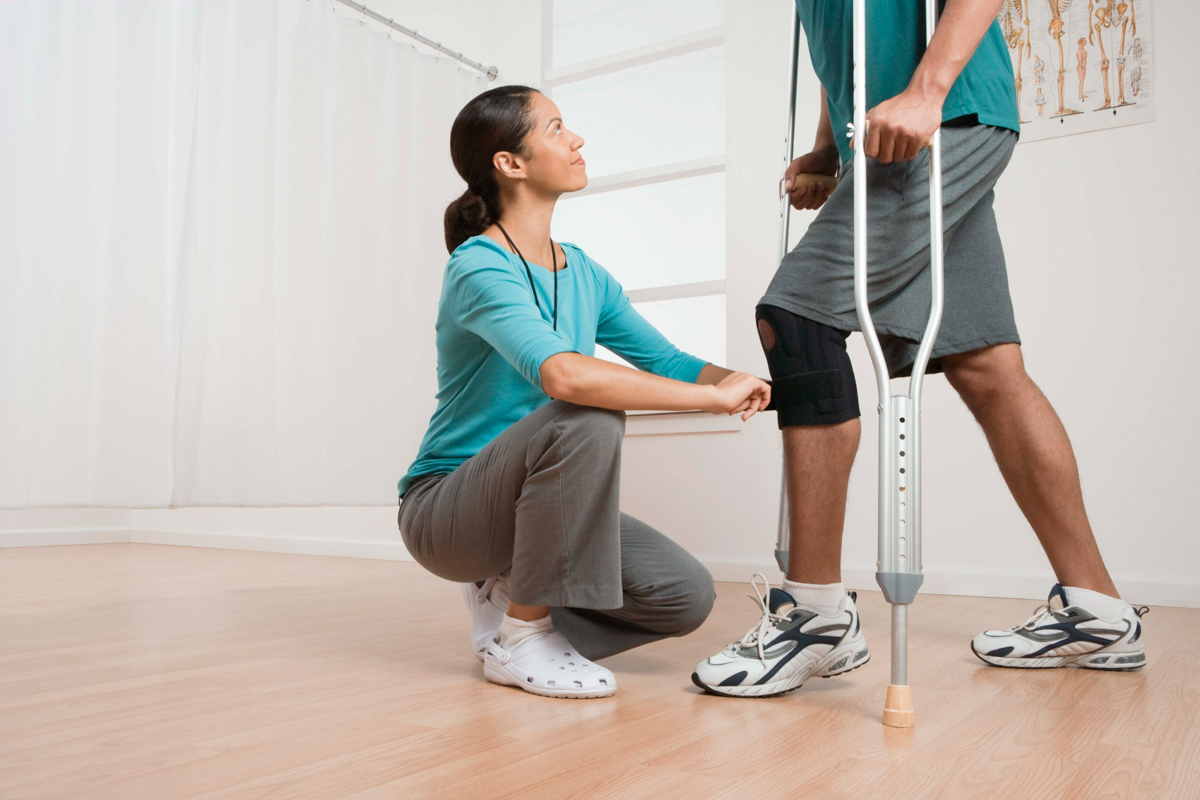One common hands-on therapy technique is vertebral adjustment. This method involves using controlled force to the vertebral column to enhance positioning and decrease pain. Research has demonstrated that vertebral manipulation can be effective in managing lower spinal pain and neck pain. Another method is gentle tissue manipulation, which concentrates on reducing tension in the muscle tissue and soft structures. This can help alleviate stiffness and enhance flexibility, making it simpler for clients to move without discomfort. Both techniques can be tailored to satisfy the individual needs of each client, ensuring a personalized method to treatment.
In addition to discomfort relief, hands-on treatment can enhance patient outcomes in various aspects. For example, it can improve blood flow, which helps deliver oxygen and essential elements to the affected regions of the body. Improved circulation can also encourage recovery and alleviate inflammation. Additionally, manual treatment can help clients gain better body consciousness, which is essential for preventing subsequent injuries. By comprehending how their bodies function, clients can make more informed decisions about their movements and alignment, leading to sustained advantages.
The efficacy of manual therapy is often backed by client feedback. Numerous patients report significant improvements in their discomfort levels and overall function after receiving care. This favorable response can lead to increased motivation for patients to participate in rehabilitative exercise and rehabilitation programs. When patients feel better, they are much likely to engage in their rehabilitation process, which can further enhance their outcomes. This collaborative method between the provider and the patient is essential for attaining enduring results.
In conclusion, manual treatment methods play a critical role in relieving muscle and joint pain and improving client outcomes. By applying techniques such as spinal manipulation and gentle connective tissue address manipulation, medical providers can help patients regain movement and alleviate pain. The benefits of manual treatment extend beyond instant discomfort alleviation, as it also promotes healing and motivates clients to take an active role in their rehabilitation. As an increasing number of people seek efficient therapies for musculoskeletal issues, hands-on treatment continues to be an important choice in the field of healthcare.
